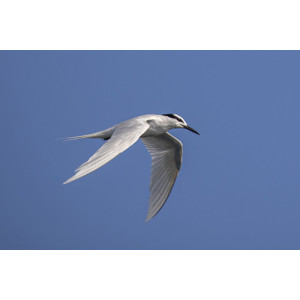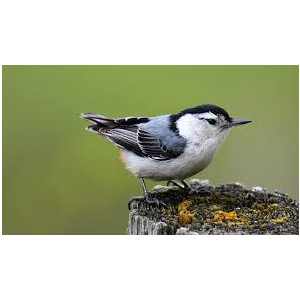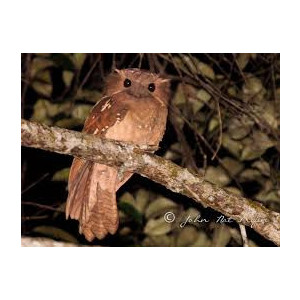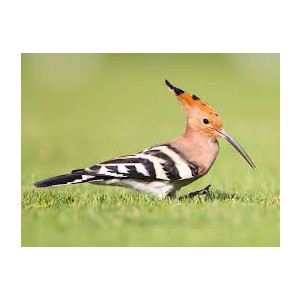Common Tern Did you see this animal?
Scientific Name : Sterna hirundo
Family : Laridae
Order : Charadriiformes
Class : Aves
Phylum : Chordata
Habitat : Coast
Description : The Common Tern is a grey waterbird with a black cap and deeply forked tail (adult bird length approximately 36 cm, weight 105 g, wing 26 cm, bill 3.6 cm, tarsus 2.1 cm, tail 15 cm). In the breeding season, it has a solid black cap, light grey back. It feeds mainly on small fish. It occasionally takes crustaceans, molluscs and insects. The common tern breeds in colonies, typically ranging from a few hundred to several thousand pairs, with larger colonies occasionally exceeding twenty thousand pairs. Inland colonies tend to be smaller compared to coastal ones. They often nest alongside other coastal species such as Arctic, roseate, and Sandwich terns, black-headed gulls, and black skimmers. At the beginning of the breeding season, terns may fly silently and swiftly out to sea in a phenomenon known as a "dread," for reasons that remain unknown.
Upon returning to the breeding sites, terns may spend a few days loitering before establishing their territories. The start of nesting is often influenced by the availability of fish. Terns defend small territories, with nests sometimes placed as close as 50 cm apart, although distances of 150-350 cm are more common. Many terns reuse the same site for breeding year after year, with some pairs returning for consecutive breeding seasons. Newcomers must nest on the periphery, find a bereaved mate, or seek out another colony.
Territory defense is primarily carried out by the male tern, who repels intruders through alarm calls, wing displays, tail raising, and bowing of the head to show the black cap. If the intruder persists, the male engages in bill grappling, continuing until the intruder raises its head to expose the throat in submission. Aerial trespassers are directly attacked, sometimes in a joint spiraling flight. While adults are fiercely defended against intruders, wandering chicks are typically tolerated, unlike in gull colonies where they would be attacked and killed. The nest is protected until the chicks have fledged, and the entire colony collectively repels potential predators.
Upon returning to the breeding sites, terns may spend a few days loitering before establishing their territories. The start of nesting is often influenced by the availability of fish. Terns defend small territories, with nests sometimes placed as close as 50 cm apart, although distances of 150-350 cm are more common. Many terns reuse the same site for breeding year after year, with some pairs returning for consecutive breeding seasons. Newcomers must nest on the periphery, find a bereaved mate, or seek out another colony.
Territory defense is primarily carried out by the male tern, who repels intruders through alarm calls, wing displays, tail raising, and bowing of the head to show the black cap. If the intruder persists, the male engages in bill grappling, continuing until the intruder raises its head to expose the throat in submission. Aerial trespassers are directly attacked, sometimes in a joint spiraling flight. While adults are fiercely defended against intruders, wandering chicks are typically tolerated, unlike in gull colonies where they would be attacked and killed. The nest is protected until the chicks have fledged, and the entire colony collectively repels potential predators.
Distribution in Bangladesh
References:
description written by:Fatema-Tuz-Zohora,Department of Zoology, Jagannath University,Dhaka;information source: Encyclopedia of Flora and Fauna of Bangladesh, Vol-26, iucnredlist.org;Photo credit and copyright:MSH Sourav (TU Dresden, Germany);taxonomic checklist:P. M. Thompson and S. U. Chowdhury (2020). A checklist of birds of Bangladesh.Birds Bangladesh;more information, please contact us.
description written by:Fatema-Tuz-Zohora,Department of Zoology, Jagannath University,Dhaka;information source: Encyclopedia of Flora and Fauna of Bangladesh, Vol-26, iucnredlist.org;Photo credit and copyright:MSH Sourav (TU Dresden, Germany);taxonomic checklist:P. M. Thompson and S. U. Chowdhury (2020). A checklist of birds of Bangladesh.Birds Bangladesh;more information, please contact us.



















































































